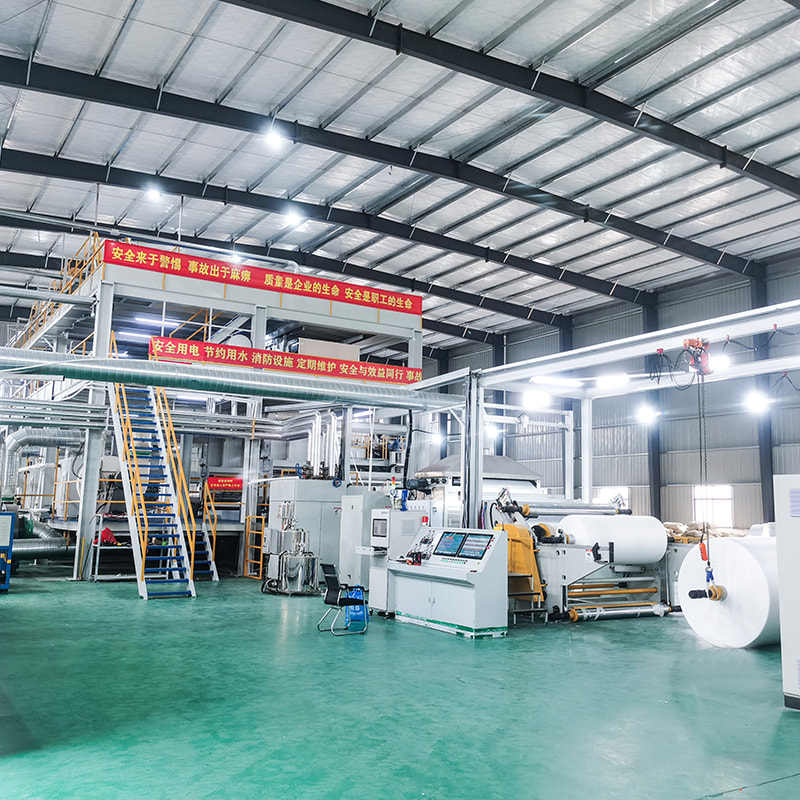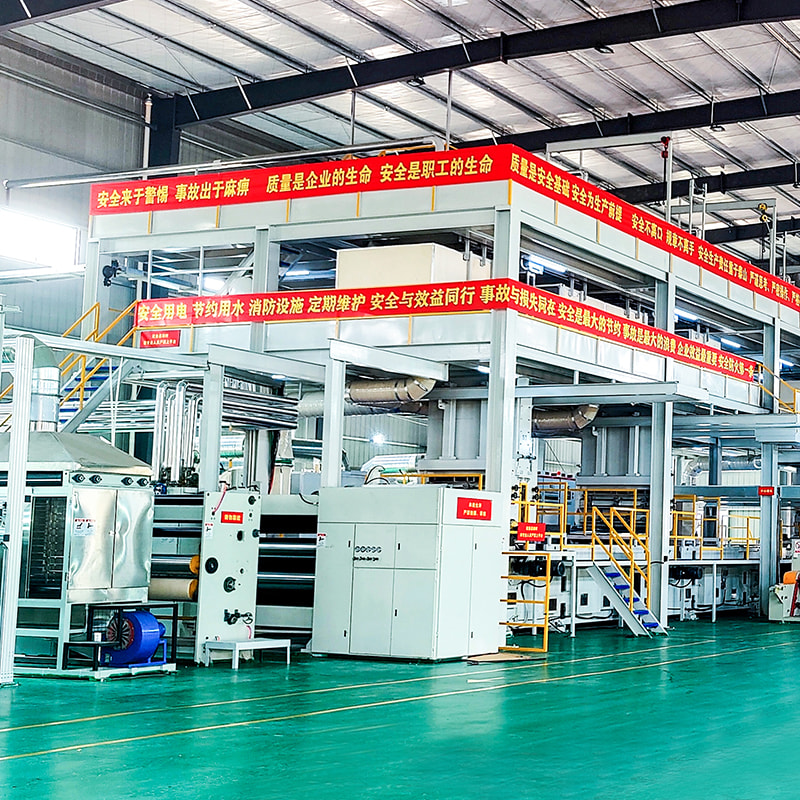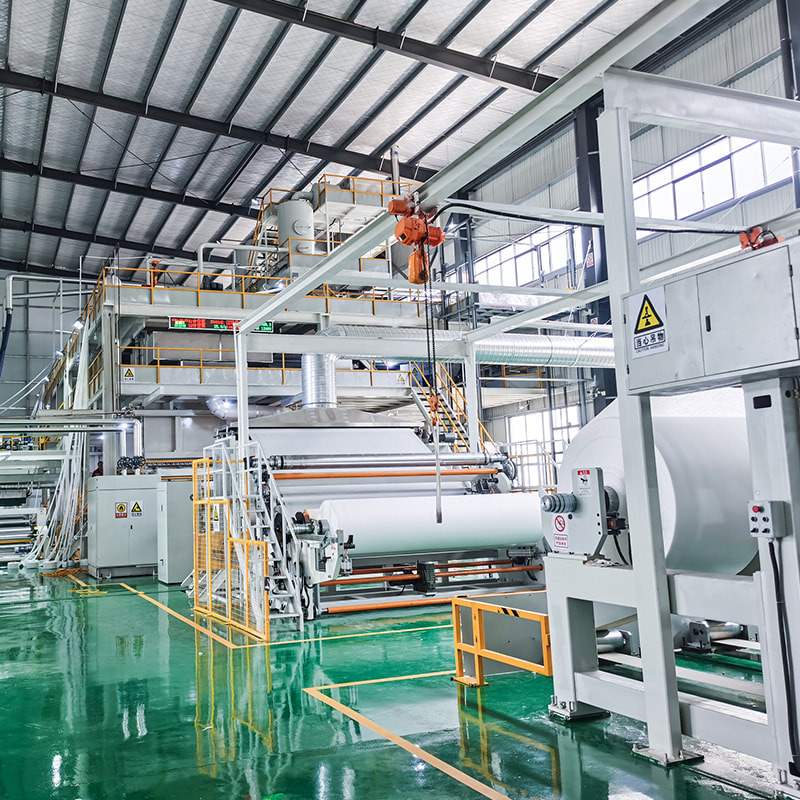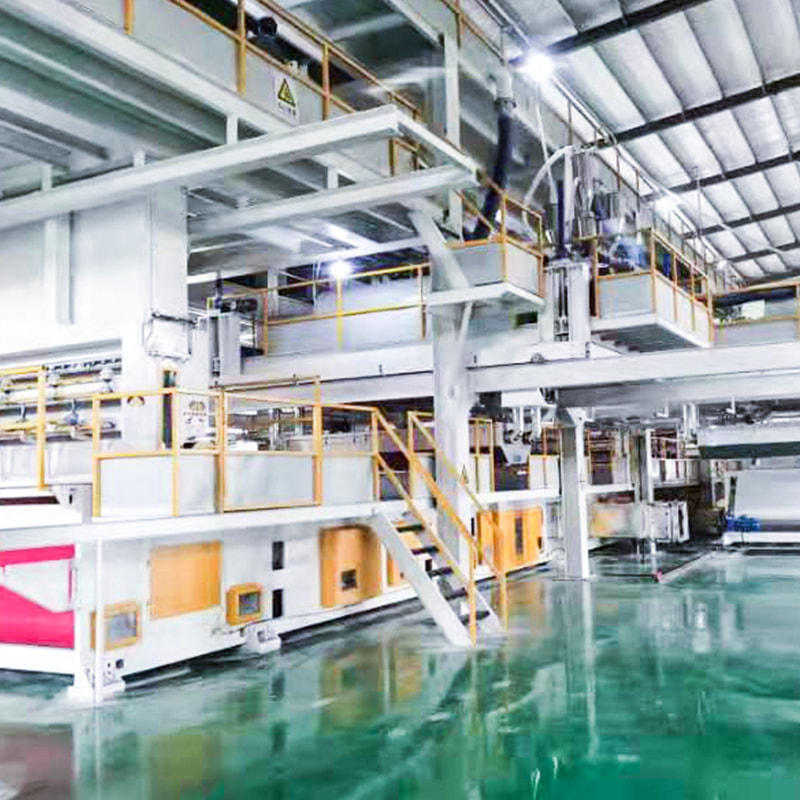The melt blown machine represents one of the most pivotal innovations in modern nonwoven fabric production. As global demand for high-performance filtration and protective materials continues to rise, understanding the intricacies of this technology has become essential for manufacturers, engineers, and industry stakeholders. This article delves into the technology, working principles, applications, and future trends surrounding the melt blown machine.
1. Introduction to Melt Blown Technology
Melt blown technology is a specialized process used to produce fine nonwoven fabrics with micro- and nano-scale fibers. Unlike traditional spunbond or carded fabrics, melt blown materials are characterized by extremely fine fiber diameters, typically ranging from 1 to 5 microns. These ultra-fine fibers provide exceptional surface area, making the material highly effective for filtration, absorption, and insulation.
The core component of this process is the melt blown machine, a highly engineered system that melts polymer resins and converts them into fibers using high-velocity hot air streams. The resulting fabric is lightweight, flexible, and possesses unique electrostatic properties that enhance its performance in filtration and barrier applications.
2. Components and Working Principle
A melt blown machine is composed of several critical subsystems:
2.1 Extruder
The extruder is the heart of the machine. It melts thermoplastic polymers such as polypropylene (PP), polyethylene (PE), or polyester (PET) and pushes the molten polymer through a precision die.
2.2 Die Head
The die head contains multiple fine nozzles that shape the molten polymer into microfibers. High-velocity hot air is simultaneously blown through the die, stretching and attenuating the fibers to achieve their ultrafine diameter.
2.3 Air Handling System
A precisely controlled air system provides the high-speed, heated air that elongates the polymer strands. The temperature, pressure, and velocity of the air are critical parameters that determine fiber uniformity and performance.
2.4 Collector System
Once extruded and blown, the fibers are collected on a moving belt or drum. The arrangement of the collector and the airflow ensures random deposition of fibers, creating a uniform nonwoven mat.
2.5 Winder
Finally, the melt blown fabric is wound into rolls for further processing, quality inspection, or integration into composite materials.
3. Key Features and Advantages
The melt blown machine offers several distinctive advantages over other nonwoven technologies:
Ultrafine Fiber Production: Capable of producing fibers with diameters below 5 microns, ideal for high-efficiency filtration.
High Surface Area: Maximizes filtration capacity and absorbency.
Versatility: Can process various thermoplastic polymers.
Electrostatic Properties: Fibers can be charged to improve particle capture, essential for medical masks and air filters.
Lightweight and Flexible: Ideal for applications requiring comfort and breathability.
4. Applications Across Industries
4.1 Medical and Healthcare
Melt blown fabrics are central to the production of surgical masks, N95 respirators, and protective gowns. Their fine fiber network effectively blocks bacteria, viruses, and particulate matter, making them indispensable in healthcare settings.
4.2 Filtration
Air filters, HVAC filters, and liquid filtration membranes benefit from melt blown materials’ high filtration efficiency. The ultrafine fibers trap particles as small as 0.3 microns, meeting stringent industrial standards.
4.3 Industrial Uses
Absorbent wipes, insulation materials, and oil spill cleanup fabrics utilize melt blown nonwovens for their high surface area and absorbency properties.
4.4 Emerging Applications
Emerging sectors like battery separators, fuel cells, and advanced composites are increasingly incorporating melt blown fabrics for their unique combination of porosity, strength, and flexibility.
5. Market Trends and Future Prospects
The melt blown machine market has grown exponentially, particularly due to the COVID-19 pandemic, which drove global demand for face masks and medical PPE. Innovations are now focusing on:
Automation: Smart control systems for consistent fiber quality.
Sustainability: Biodegradable polymers and energy-efficient systems.
Nanofiber Integration: Combining melt blown with electrospinning for enhanced filtration.
Industry experts predict continued expansion in healthcare, environmental, and industrial filtration markets, making investment in advanced melt blown machinery a strategic priority for manufacturers.
6. Challenges and Considerations
Despite its advantages, melt blown technology faces challenges:
High Capital Investment: Advanced machines and precision dies can be costly.
Energy Consumption: The extrusion and air handling systems consume significant power.
Quality Control: Maintaining uniform fiber diameter and distribution requires careful monitoring.
Material Limitations: While versatile, not all polymers are easily processed through melt blowing.
7. Conclusion
The melt blown machine stands as a cornerstone of modern nonwoven fabric manufacturing. Its ability to create ultrafine, high-performance fibers has transformed healthcare, filtration, and industrial applications. As technology advances and demand continues to rise, understanding the operation, applications, and market trends of melt blown machines is crucial for stakeholders aiming to stay competitive in this dynamic field.
The future of melt blown technology is bright, with innovations in sustainability, automation, and nanofiber integration promising to expand its role across industries even further.







 English
English 中文简体
中文简体 русский
русский عربى
عربى





